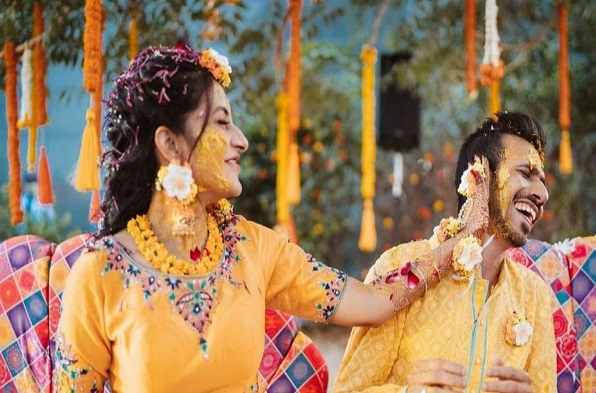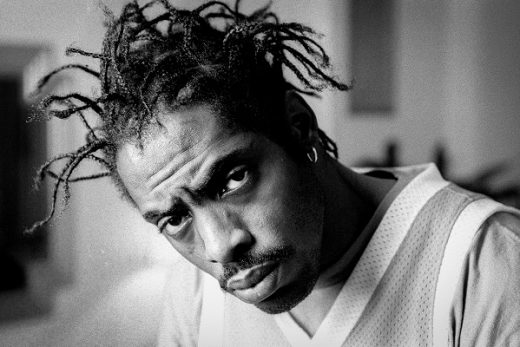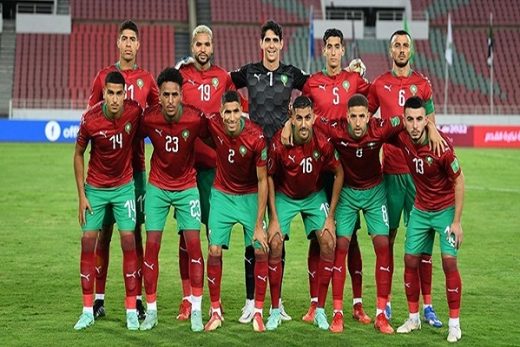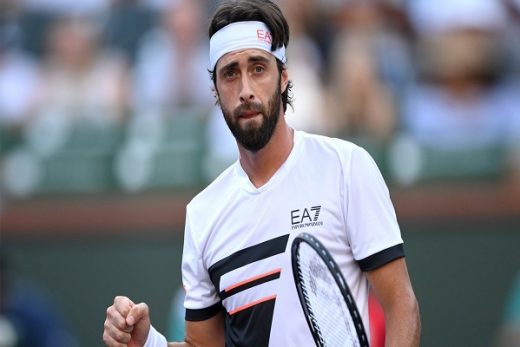India celebrates more than 12 million weddings annually, of which 82% per cent are Hindu. A Hindu wedding is also known as “Vivaha”, “Lagan” or “Shaadi”. Hindu wedding ceremonies are very colourful, vibrant and culturally rich. It’s not a bonding between two families. It’s like coming together two families full of joy and celebration.
Every Hindu wedding in India is colourful, culturally rich and full of joy. However, the North Indian wedding style is quite splendid and brilliant. It celebrated with outstandingly and beautifully that you have never seen before.
Here we are talking about the celebration and rituals of Hindu Wedding in North Indian Style
Roka and Mangni
The Roka is the first ritual performed in the North Indian wedding style. In this event, the Bride and Groom’s family confirmed their willingness to marry their children in future. Mostly in North India, bride’s family members visit to Groom’s house for Roka with lots of sweets, dried fruits, sarees and other gifts.
The Mangni is also called engagement. It is a special journey that marks the beginning of the relationship of Bride and Grooms. In this ritual, both parties exchange rings, surrounded by their close relatives and friends. After the engagement, the planning of the wedding begins by both family.
Ganesh Puja
Lord Ganesha is a god who is prayed to while commencing any religious ritual and ceremonies in Hindu culture. Therefore, it is a most significant culture and tradition to take blessings from Lord Ganesha.
Ganesh Puja is always performed before any wedding in Hindu culture or north India. It is believed worshipping gods of elephants brings good luck to the marriage and eliminates all obstacles and Badha (Indian word) for the Bride and bridegrooms.
Haldi Ceremony
Haldi ceremony or Haldi Rasam is one of the significant ceremonies before the wedding. It is a ritual to cleanse and purify the body. When the Haldi paste is applied all over the body, it eliminates dead skin cells and cleans the skin. Furthermore, it also shines the body. Therefore, the Haldi Rasam is celebrated full of joy, color and happiness by the Bride and Groom’s own families, respectively.

Tilak Ceremony (The Groom Acceptance Ritual)
Tilak Ceremony is also called the Groom’s acceptance ceremony. It is a significant process of accepting the Groom’s by the Bride’s family.
Usually, in North India Tilak ceremony is celebrated in the Groom’s residence. However, sometimes it is conducted in a temple or party palace as well. The girl and her mother are not allowed to take part in this ritual.
The girl’s family offers the Groom’s family sweets, dried fruits, rice, suits, blazer, and watches.
Sangeet Ceremony
Sangeet Ceremony is not a ritual of the Hindu-North Indian wedding. But is important for marriage. In North India, the sangeet ceremony is celebrated with full of blown and joy, like a Bollywood-style party.
The sangeet ceremony is full of musical nights celebrated between the two families. In this event, dance and singing is performed by the relatives and friends of the Bride and Groom.
At the end of the event, the future husband and wife also dance on the stage. Usually, Sangeet ceremony performs 4-5 days before marriage. It is celebrated before the Mehdi Rasam.
Mehendi Rasam: Mehendi Rasam is the most significant ritual in the Hindu North Indian wedding. This Rasam (ritual) is celebrated separately in the Groom and Bride’s house 1-2 prior to marriage.

Usually, Mehndi designers visit the Bride’s house and applied Mehendi (Heena) on the visible part of the body. It is a woman-centric event with no presence of men. It is a belief; Mehendi (Heena) brings luck, joy and beauty in bride life.
Mandap Puja
Mandap Puja is the most significant ritual of the Hindu Northern wedding. It is the place where all important rituals of the marriage are performed. The Mandap are based on the Vedic beliefs that symbolize the relationship between future husband and wife.
There is a Puja held in the centre of the Mandap by the bride priest before the commencement of the wedding. The Mandap usually faced the northeast direction. It is construct in such a way that the couple should seating by facing side to perform all rituals related to marriage.
Baraat (Groom Procession)
Baraat is one of the most exciting and electrifying events of the wedding. It is a procession that is taken from the Groom’s side on the day of wedding. It is moving to the Bride’s house or party palace to celebrate the marriage between the couple.
Although this is not a ritual, but it is an important part of the marriage. The bridegroom’s family, friends and relatives perform a dance full of joy and music before reaching the marriage hall.
After the arrival of the Baraat, the bride’s mother applies Tika (Tilak) on the forehead of the Groom and performs aarti to save her son-in-law from evil eye.
Varmaala or Jaymaala
Varmala or Jaymala is not part of the Hindu North Indian wedding rituals. But it is a significant part of the wedding. This is a simple and short ceremony performed after the Groom arrives at the wedding hall. The future husband and wife exchange garlands before the commencement of wedding rituals, which will perform at Bibaah Mandap.
Saat Phere/Mangal Phere: The Saat Phere or Mangal Phere is one of the most important rituals of the Hindu North Indian wedding. It involves seven rounds (parikrama) around a sacred fire. The “Saat Phere” means Saat Vachan, and each Phere has its Vedic meaning.
The Mangal Phere meaning symbolizes the Groom will take care of his wife, children and family. Furthermore, the Groom takes vachan to protect his wife from all circumstances and obstacles. And lead his entire life with his wife. During the marriage, the priest recites each Saat Phere Vachan in Sanskrit.
Kanyadaan
Kanyadaan is another important ritual in North Indian weddings after Mangal Phere/Saat Phere. The meaning of Kanyadaan is “giving away the daughter”.
In this ritual, the girl’s father takes his daughter’s right hand and places in the Groom’s right hand and requests his son-in-law to accept her as his life partner. It is the official acceptance of the Bride into the bridegroom’s family.
Mangalsutra and Sindoor
It is the essential ritual of the Hindu North Indian wedding. After the ritual of Kanyadaan and Saat Phere groom applies Sindoor (red mixed saffron color powder) to the Bride. The Sindoor symbolize the status of unmarried to married.
Following the Sindoor rituals, Groom’s proceeds into a ceremony called Mangal Sutra Dharanam and places Mangal Sutra around his wife’s neck. After Sindoor and Mangal Sutra Dharanam, the couple was officially husband and wife.
Bidaai
The Bidaai also known as Vidaai, is another important ritual of Hindu North Indian marriage. It is a farewell ceremony organized by the Bride’s family. Biddai ceremony is a very touchy and emotional moment for bride family.
In this ceremony, the Bride throws a handful of rice over the shoulder in the direction of her main entrance before leaving the house.
Final Thoughts
Hindu weddings in northern style or weddings in north India are lively, intricately planned, culturally rich festivities full of celebration by following the rituals and traditions. While the very exact meaning of a Hindu wedding ceremony is the physical, spiritual, and bonding between two people, it’s also about the coming two families in one place with lots of blessings, prayers and celebration.
Hope you like the above topic Hindu Wedding in North Indian Style…stay tuned for more updates…runliveusa



